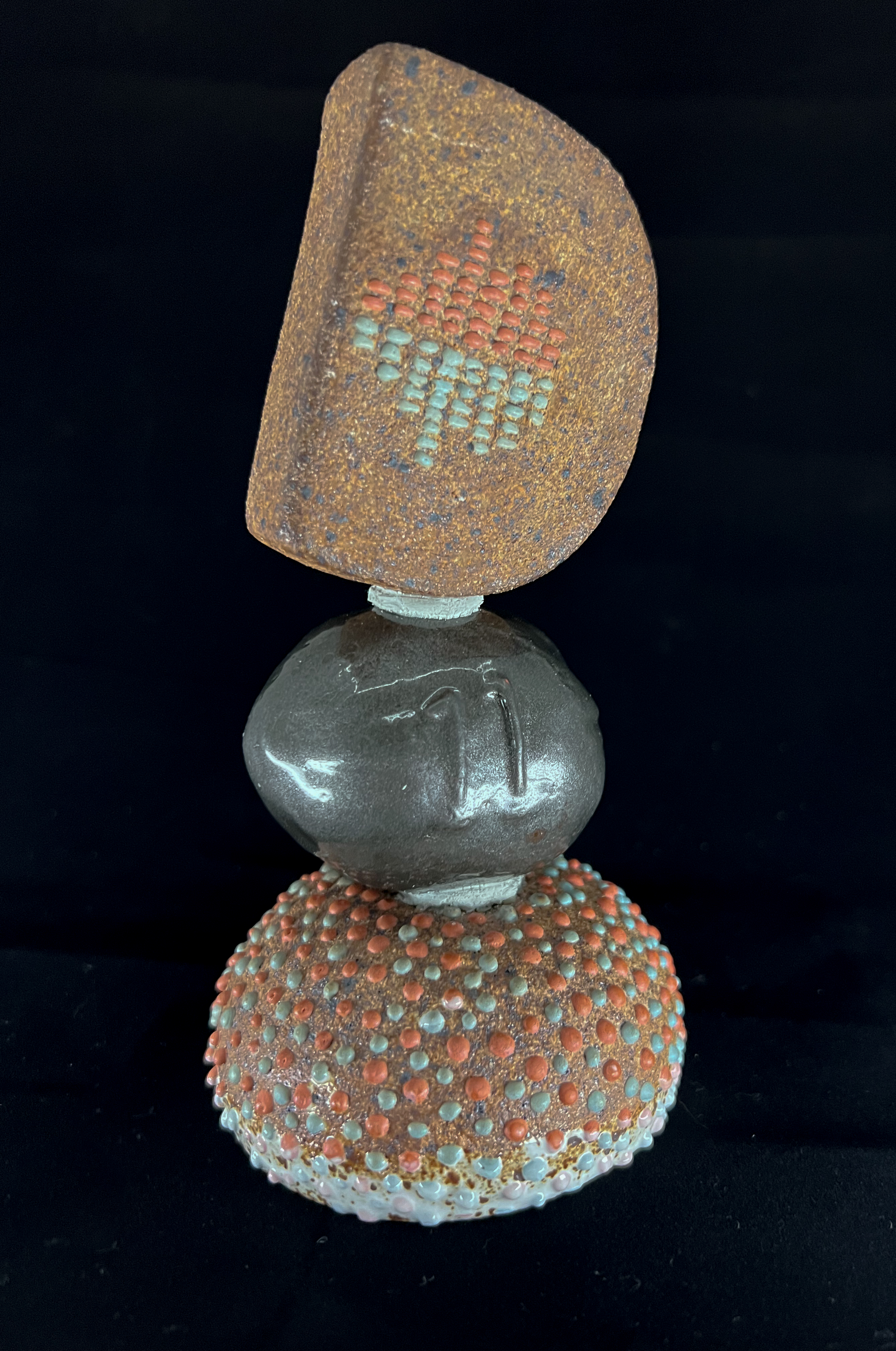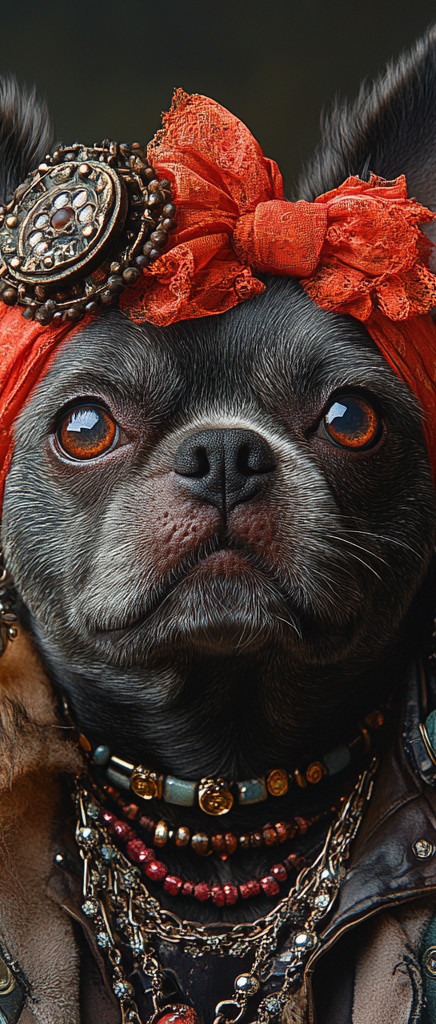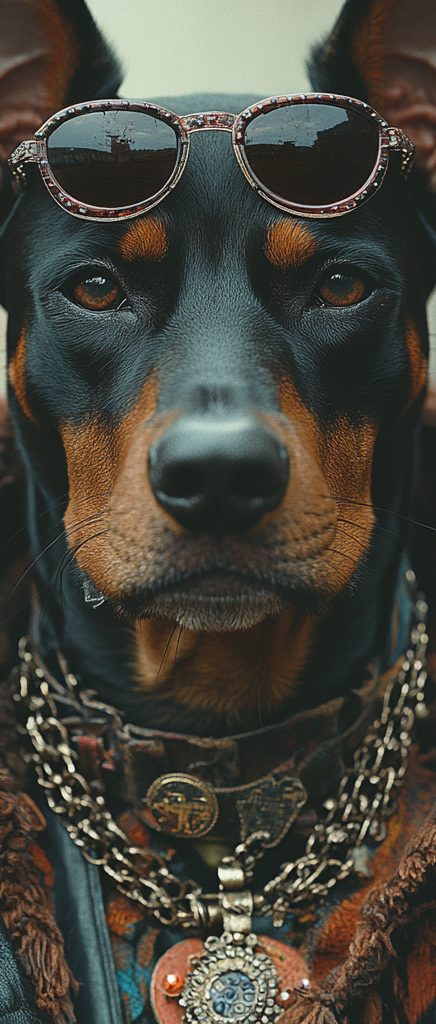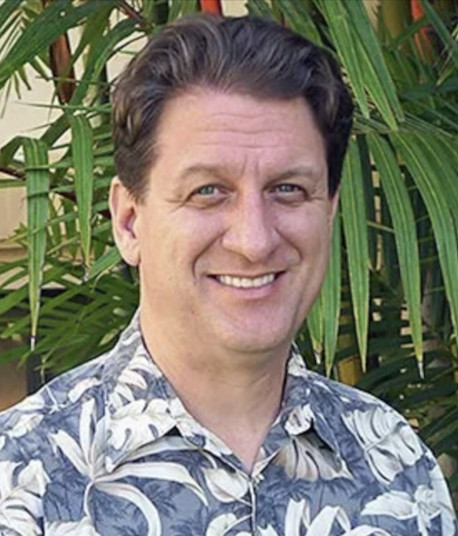
Descriptathon 11 Trophy
CAPTION: Descriptathon 11 (Feb. 25-27, 2025): When we passed the 10-year mark, and moved on to our 11th, we decided to commemorate the occasion by making the D11 trophy a departure from the painted coconuts of years past but with a "coconut" tribute, too. Sculptor and Designer Tia Oppegaard aimed to make a symbol of resilience and permanence that reflected the long-term impacts of coming together for an event such as a Descriptathon. Everyone is open to their own interpretation of the piece, but when I look at it, I imagine a low tide, and coming across something unusual sticking out of the water. It's the Descriptathon logo, embedded in a coconut seed, embedded in a sea urchin, like something that at times is underwater and at other times surfaces. I hope that this trophy symbolizes the depth, indestructibility, and long-term power of our Descriptathon. That you don't just spend a few days Descriptathoning and then go onto the next thing and never use what you learned. Our hope is that once you do a Descriptathon, you become a carrier of its messages about media accessibility. Universal Design becomes a part of who you are as a media creator, and all of your future messages can be read by all.
CREDIT: Photo by Brett Oppegaard. Sculpture by Tia Oppegaard.
Descriptathon 11 definitely will go down in UniDescription lore as the most-resilient of all Descriptathons.
Despite wild political turmoil, mass layoffs in the National Park Service during the event, nearly 200 people participating online across at least five time zones, in 10 countries, on three continents, we still did it anyway. Every single team finished its project. Several incorporated human voice. Some even did extra projects, expanding accessibility at their sites even more than we originally had planned. We had about 50 people on our teams who are blind or who have low-vision, with representatives this time from the American Council of the Blind, the Blinded Veterans Association, the Canadian Council of the Blind, and the Royal National Institute of Blind People.
So please take the opportunity to listen to these descriptions created by these remarkable teams and individuals (they are all in the UniDescription app now, with direct URLs also listed below). I have listened to all of the projects, and they are amazing, arguably some of the best descriptions we've ever made in a Descriptathon. They show that these teams cared deeply about the quality, getting the facts right, and also making the descriptions engaging and enjoyable to hear.
As a part of our process, we also hire teams of people who are blind or who have low-vision to go back into these projects after a Descriptathon, listen to them, and provide a hearty review of what they hear. Those reviews also have been completed, so that officially wraps up Descriptathon 11.
Here are all of those wonderful D11 descriptions; enjoy!
Cape Hatteras National Seashore (North Carolina),
Chesapeake and Ohio Canal National Historical Park (District of Columbia, Maryland, and West Virginia),
Craters of the Moon National Monument and Preserve (Idaho),
Eisenhower National Historic Site (Pennsylvania),
Everglades National Park (Florida),
Fort Raleigh National Historic Site (North Carolina),
Grand Teton National Park (Wyoming),
Guilford Courthouse National Military Park (North Carolina),
Jean Lafitte National Historical Park and Preserve (Louisiana),
Moores Creek National Battlefield (North Carolina),
Olympic National Park (Washington),
Reconstruction Era National Historical Park (South Carolina),
San Antonio Missions National Historical Park (Texas),
Seney National Wildlife Refuge (Michigan),
White House and President's Park (District of Columbia),
Wright Brothers National Memorial (North Carolina),
and Yosemite National Park (California).





